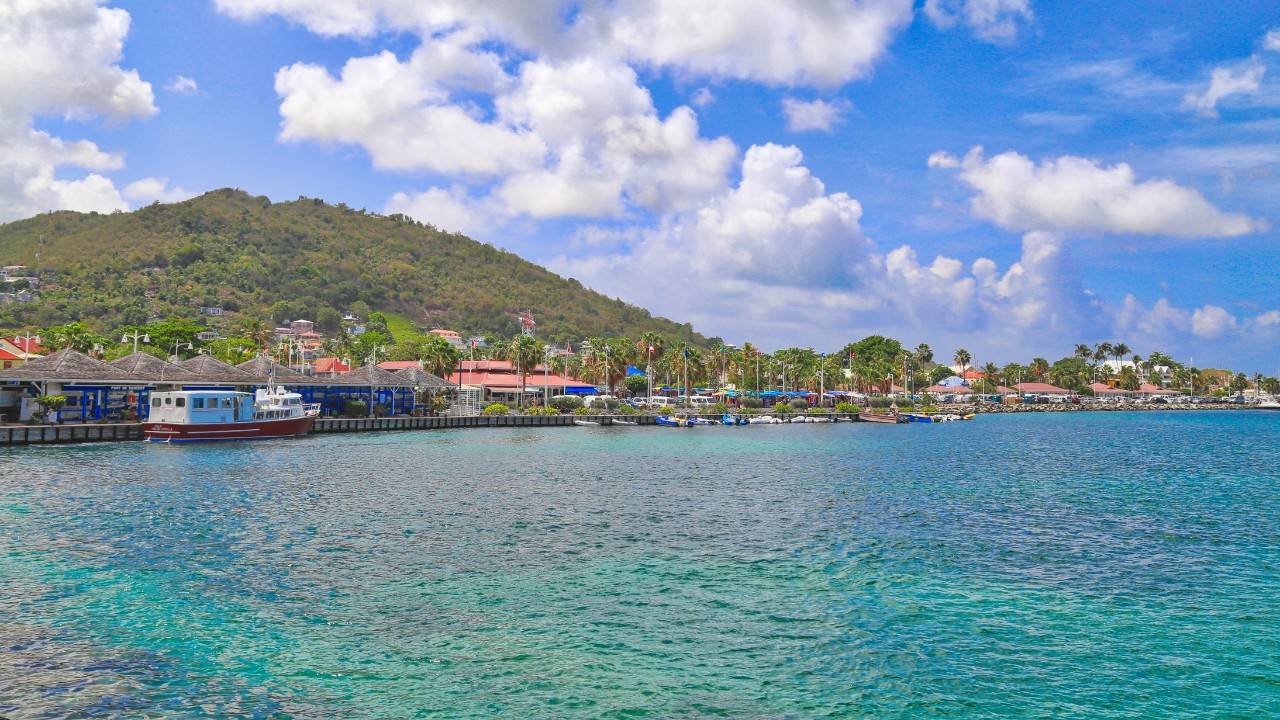The EPA has issued a Clean Water Permit to bring dozens of communities together to clean up the water of the Great Bay.
The most significant issue is nitrogen pollution from wastewater plants in the surrounding areas that then causes an imbalance in algae and marine flora.
AP News has some details about the underlying problem that pollution has caused.
“The communities said they support a goal of improving the health of the bay, which has seen an increase in algae blooms and decline in eelgrass beds by 80% since the 1990s. Eelgrass beds are important because they have been found to provide food and shelter for fish, shellfish and sea turtles. Eelgrass also reduces coastal erosion and keeps the water clean by filtering out excessive nutrients.”
The approach is rather unique and has found praise from all political and business groups because it allows communities to implement their own solutions within their budgets.
So far, communities have invested over $200 million to reduce nitrogen pollution by 70%, but the EPA has mandated even more reductions.
There is still a huge amount of work and coordination required to rebalance the Great Bay, but this significant step in the right direction has already encouraged 52 individual communities to clean up their water treatment plants.


